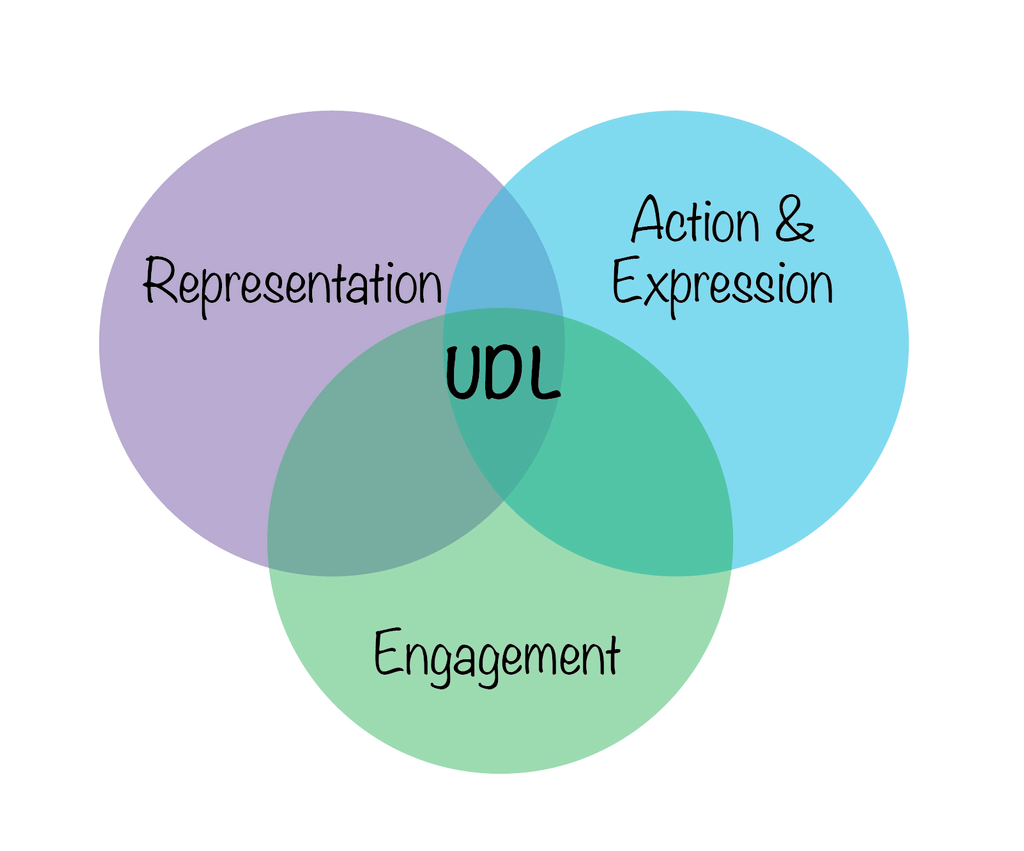Promoting accessibility and flexibility within the classroom can benefit more than just disabled students. Without knowing it, other students may have been subjected to and utilized various learning methods presented in the classroom by their instructors. These methods can range from videos (and live lectures) with closed captioning to lecture notes provided before or after class. Even the smallest methods of teaching/learning can make a big difference to a student’s learning outcomes!
For a final project in one of my courses during my undergrad, I needed to conduct an interview and then transcribe that interview for a mark. Due to my hearing loss, I found it challenging to interpret the recording as I have trouble hearing words that end in “s” and can mistake words for other words that sound similar. Instead of bringing this issue to the instructor or the Blundon Centre, I had to get my partner to transcribe the interview. Looking back, I regret not reaching out for help! Instead of finding my way around the problem, there should have been an alternative form of assessment in place.
Since this happened, I have been reaching out to the Blundon Centre for various accommodation requests, but wouldn’t it be nice (as disabled people) not to always have to reach out for help? It does get tiring! One of the objectives of universal design for learning (UDL) is to create a learning environment that fosters inclusivity regardless of the student’s disability, ensuring proper methods are in place to promote equity. Furthermore, UDL can sometimes even minimize the need for specific accommodations, decreasing the amount of stress that students may have when thinking about taking action to receive equitable accommodations.
To promote an inclusive and anti-ableist learning environment, an Assistant Professor in the School of Social Work has been actively adopting a UDL framework in her course design and delivery. I am so lucky to be a part of this project that explores UDL effectiveness and its impact on student learning outcomes! From the careslab.ca, UDL is:
A framework that promotes a shift from individual remedial interventions based on deficit learning models to holistic learning models that are student-centred, accessible, collaborative, and inclusive. Students with disabilities frequently report social and organizational barriers that make educational experiences difficult, and recent studies also report that they experience ableism in their social work programs. Implementing UDL strategies can decrease the need for students to make difficult self-disclosures to obtain academic accommodations, as learner diversity and accessibility are intentionally incorporated into all aspects of the course design and delivery (Goulden et al., 2023).

After reading this excerpt about UDL, can you think of a time/example when an instructor implemented such teaching methods? Are there any methods that you would like to see implemented? As a hard-of-hearing student, I value closed-captioned videos, online lectures with real-time transcriptions, microphones in the classroom for voice amplification/recording, and slideshows to be made available before or after class time. The Assistant Professor in Social Work hosts in-person lectures that have live closed-captioning. How cool is that!
Although the Blundon Centre is there to advocate for you, it is still essential that you act as your advocate! Sometimes, for an issue or problem to be resolved, it’s faster to reach out to the instructor yourself. The instructor is there to ensure that all of their students receive the education they deserve, and it’s their duty to help the students to the best of their ability. If there are aspects of the course you know you will struggle with, reach out to the instructor to explain the situation and provide them with your ideas on improving the class. They are always there to listen!
One of the end goals of our UDL project is to create and launch a Community of Practice (CoP) where anyone can learn about the benefits of UDL and how it can be applied to any educational setting. We are collaborating with the Coalition of Persons with Disabilities NL (COD NL) to achieve this goal. UDL adoption is currently being studied in the School of Social Work, but the hope is for it to extend beyond this specific discipline.
If you ever want to learn more or inquire about the project, check out the CARES Lab website and do not hesitate to reach out to anyone on the team! It is such an exciting project, and community involvement is very encouraged!